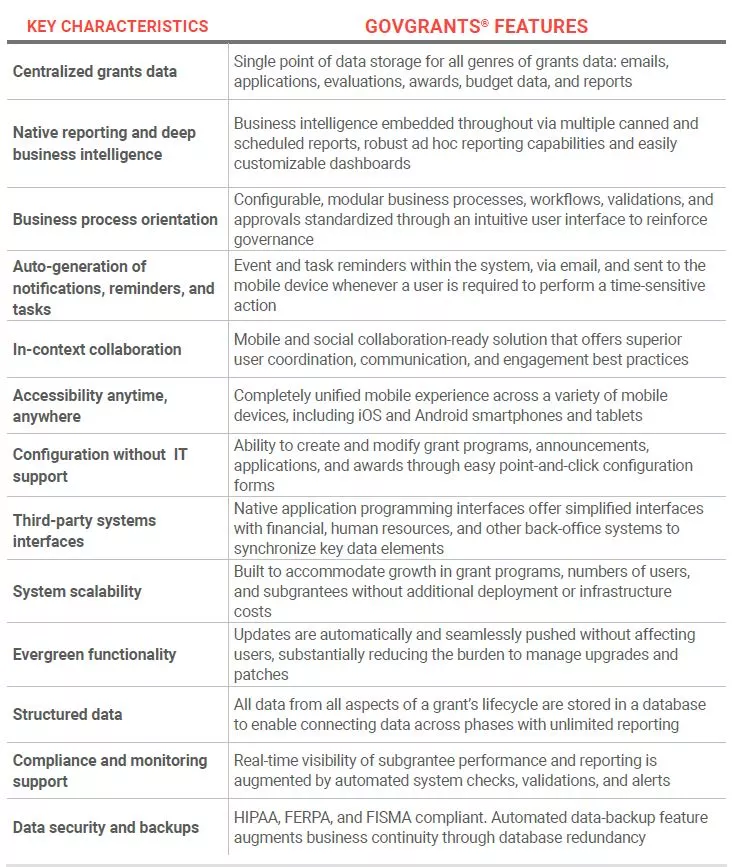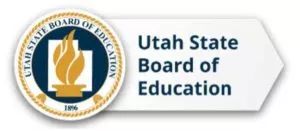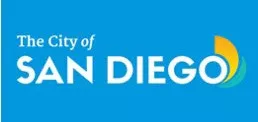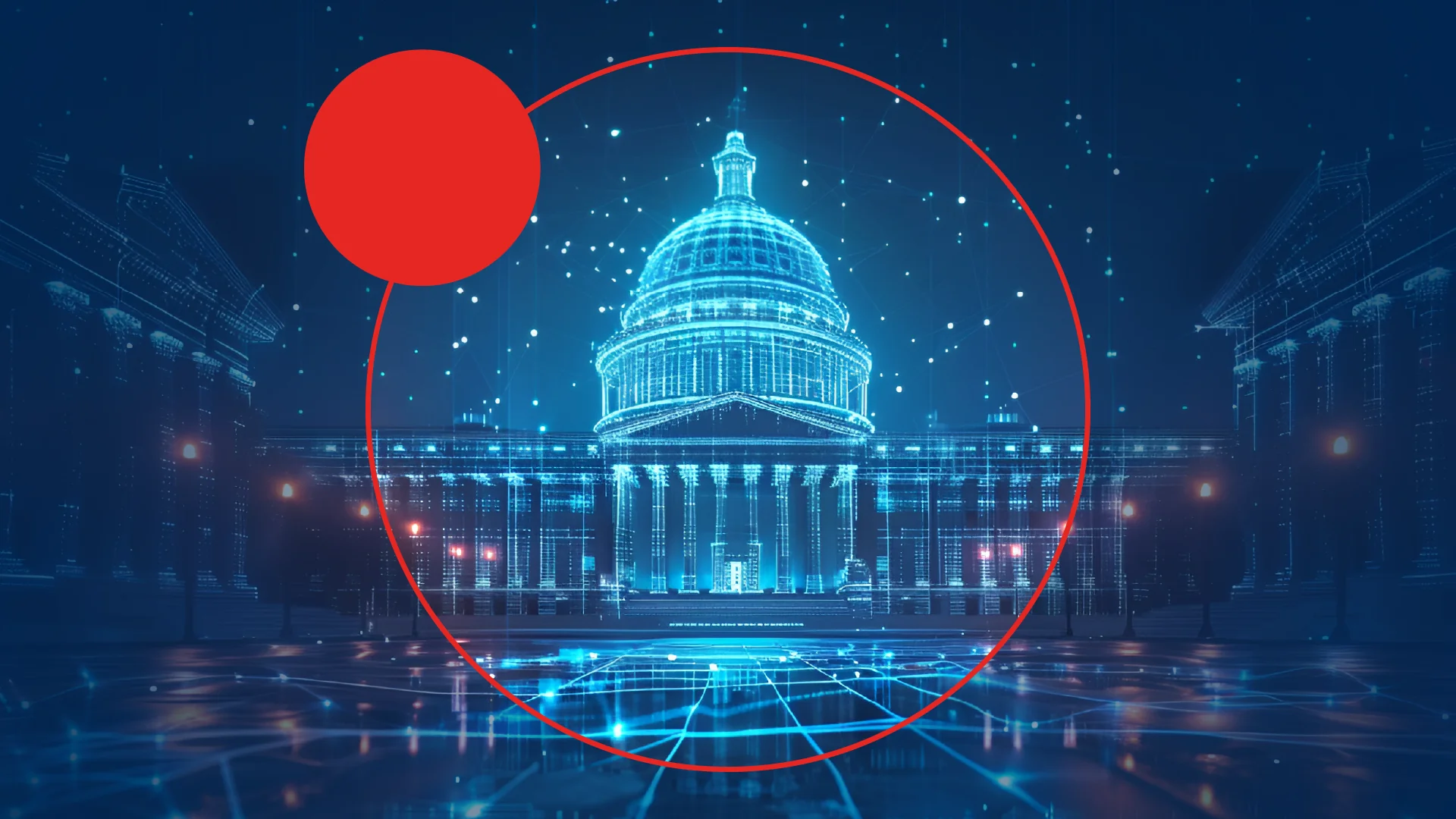The Dual Role of State and Local Governments: Grantee and Grantor
State and Local Governments act as both grantees and grantors of funds – this creates coordination, management, and reporting challenges.
When it comes to effectively and efficiently managing grants, State and Local Governments face a complex, disjointed, and dynamic set of processes. Grantmaking agencies often face the dual challenge of being both a grantee and a grantor. Agencies must not only identify, apply for, and receive grant funding, but also solicit grant applications, review possible recipients, and accurately track the use of funds. As seen in the figure below, there is a structured lifecycle for each role, Grantee and Grantor. When serving in both roles, as State and Local Governments do, additional challenges and complexities emerge. Even with the substantial advancements in IT systems and management tools in recent years, a surprising amount of the grant tracking effort is still performed in heavily manual ways. This introduces both unnecessary errors and non-integrated data.
The Grant Management Lifecycle for State and Local Governments
The dual, interconnected roles of grantee and grantor give rise to complex challenges and unmet reporting gaps for State and Local Governments.

Next Generation Grants Management Systems take the headache out of paperwork and old processes
Real-time visibility into grantee performance, compliance, and outcomes helps achieve missions with grant-making agencies.
Ten Common Grants Management Challenges
Most State and Local Governments encounter many obstacles. These obstacles are exacerbated by a rapidly changing regulatory and compliance environment.
When data collected from numerous grant managers were analyzed, a common set of challenges emerged. The ten most common challenges that State and Local Governments face are:
- Easily tracking and reporting grant lifecycle data in real-time to enable timely interventions and corrective actions.
- Tracking the flow of grant dollars, terms and conditions, and amendments from federal awards to sub-awards.
- Identifying and prioritizing federal and non-profit grant opportunities to pursue and in which to invest.
- Mitigating the inefficiencies and traceability issues arising from predominantly manual, paper-based business processes.
- Consistently applying governance, compliance, and risk management principles across programs and sub-grantees to manage fraud, waste, and abuse.
- Effectively managing and coordinating the required activities and tasks associated with the pursuit of grant opportunities.
- Facilitating collaboration, negotiation, and information exchange among sub-grantees and internal users without the effects of email inbox overload.
- Managing increasing numbers of grants, awards, and sub-grantees with decreasing support budgets.
- Compiling, tracking, and reporting on structured data to comply with the Federal Data Act standardized data requirements.
- Complying with the White House Office of Management and Budget’s (OMB) new federal regulation: Uniform Administrative Requirements, Cost Principles, and Audit Requirements for Federal Awards.
Grant-making agencies are responsible for achieving their missions through grantees. This is difficult when grantors do not have real-time visibility into grantee performance, compliance, and outcomes.
Defining the Path Forward: A Comprehensive Solution
To address these challenges directly, State and Local Governments need an effective IT solution to support any policy or protocol changes.
Although a plethora of grants management tools exist, the optimal solution would meet several key factors:
- Centralized Grants Data
- Native Reporting / Deep Business Intelligence
- Business Process Orientation
- Auto-Generating Notifications / Reminders / Tasks
- In-Context Collaboration
- Accessibility anytime, anywhere
- Configuration without IT support
- Third-Party Systems interfaces
- System Scalability
- Evergreen Functionality
- Structured Data
- Compliance and Monitoring Support
- Data Security and Backups
Next Generation Grants Management Solutions should make the lives of program and fiscal staff better and those of IT staff easier.
Centralized Grants Data
Grants management requires lots of paperwork. A typical grants manager will have many applications, award notices, progress reports, and financial documents cross their desk. Having a single repository of all grants-related data from all existing sources transforms grants management. With a single, aggregated data set, information that was once held in silos can be easily shared, analyzed, or updated throughout an agency with minimal coordination. A centralized and easily searchable repository of emails, applications, evaluations, awards, budget data, and reports is critical to the modern grants management system. Having this information spread across silos including emails, spreadsheets, assorted databases, and stacks of paper files is no longer viable in today’s information age.
Native Reporting/Deep Business Intelligence
Traditionally, legacy grants management applications have kept grant staff from accessing the key data they need without engaging a team of analysts or developers. A modern grants management solution allows every business user to explore any combination of data, get answers instantly, and share these answers with their team. The goal of data centralization with native reporting is to deliver insights from business operations at the speed of business thinking.
The transformation of data into information often comes through business intelligence and analytics. Thus, in-depth dashboards that unify data from multiple sources can unlock insights that may not have been evident. For example, a map-based dashboard can depict at a community level where grant-funded services are being provided and the resultant impact on agency-wide performance outcomes.
Business Process Orientation
The best grants management software unburdens grant staff from managing business processes, intelligently enforcing the necessary tasks and activities for administering the grant lifecycle automatically. Completing step one of the process should seamlessly generate a necessary downstream task, generally via an automated workflow. Once a solution is mapped to the existing business processes, grant staff should be free to focus on working with sub-grantees and driving successful programmatic outcomes.
Automated workflows check records as they are created and updated in adherence to established business logic and validations. This logic determines if actions need to be taken by grant staff or can be automated. In this way, workflows constantly monitor progress that would be otherwise would have been monitored via reports, dashboards, or views. An effective solution will eliminate the need for grant staff to micromanage the process and instead empower staff to work on the highest value activities. For example, if a sub-grantee is repeatedly delinquent in submitting a progress report, the optimal grants management system will alert the grant manager prior to the rise of federal reporting compliance issues.
An effective solution will…empower staff to work on the highest value activities.
Auto-Generation Notifications/ Reminders/ Tasks
In-Context Collaboration
Anytime/Anywhere Accessibility
Configuration without IT Support
Third-Party Systems Interfaces
A grants management system is only as valuable as the data that resides within it. For most agencies, the ability to use a grants management tool to aggregate data from disparate systems is critical to see the whole picture. This holistic end-state can be achieved through data migration (one-time data transfer) or system integration (ongoing data transfer). The ideal grants management solution will provide the necessary connectors to financial, human resources, and other third party systems to insert, update, delete, or export records. It will also have flexible application programming interfaces to programmatically address more advanced integration needs. In this way, the tracking of payment from agency accounts to sub-grantees in the context of a reimbursement request is visible through a single system.
A grants system is only as valuable as the data that resides within it.
System Scalability
Evergreen Functionality
Structured Data
Compliance and Monitoring Support
Data Security and Backups
The confidentiality, integrity, and availability of grants management information is vital to business operations. Given the often sensitive nature of the data collected, a multi-layered approach to protect key information is prudent. As a granting agency, there are multiple issues to consider, including secure data centers, access control and physical security, environmental controls, network protection, disaster recovery, backups, and security monitoring. Instead of trying to cultivate these capabilities in-house which requires exorbitant time, capital, and resource investment, it makes sense to have data center experts provide them through shared computing services.
Encryption and protection of personally identifiable information create significant requirements for state and local entities.
GovGrants – A Modern Grants Management Solutions
GovGrants addresses each of the ten grant administration challenges and all of the characteristics of an effective grants management solution.
Building on nearly 30 years of supporting government institutions to modernize their grants management processes, REI Systems has developed GovGrants, a cloud-based, software-as-a-service (SaaS) solution. GovGrants addresses the challenges that State and Local Governments face across all phases of the grants management lifecycle. Accessible through any device, anywhere, GovGrants provides a highly intuitive user interface for managing grants. Key grant business processes are automated and centralized through a series of configurable modules and through an intuitive user interface for managing grants.
GovGrants is a modular, configurable solution.
GovGrants’ modules enable State and Local Governments to perform all of the necessary functions across the entire grants management lifecycle.

GovGrants Meets All Key Characteristics of a Comprehensive Grants Management Solution

GovGrants Success Stories
REI has developed enterprise grants management solutions for many state and federal clients.
 Utah State Board of Education
Utah State Board of EducationThe Utah State Board of Education (USBE) managed $4.5 billion in grants on 40+ spreadsheets ‒ a highly error-prone approach in a high-volume, high-stakes environment that resulted in undetected overpayments to recipients, non-compliance with award contracts, and Single Audit findings. USBE struggled with a legacy grants management system that was unable to interface with its financial management system for payments and budget tracking. Since the launch of GovGrants in May of 2018, USBE has automated the entire grant lifecycle. USBE is seeing an 80% reduction in time for processing payments using direct awards and bulk payments and an increase in overall staff and recipient productivity by 35%+.
 City of San Diego
City of San DiegoThe City of San Diego tracked financial grant incentives for business expansion through manual processes, PDFs, and spreadsheets resulting in numerous errors and inefficiencies. The City chose to implement the GovGrants solution for their Enterprise Grants Management System (EDGrants) for the City of San Diego Economic Development Department’s end-to-end management Community Development Blocks Grants (CDBG). Since launch, the City has seen a 30%+ increase in the number of recipient applications received due to easier, more intuitive application submission process and a 25%+ reduction in the number of incomplete, non-compliant, or erroneous applications submitted as a result of automatic business rules and error messages from the system.
 Legal Services Corporation (LSC)
Legal Services Corporation (LSC)Legal Services Corporation (LSC.gov) is the nation’s single largest funder of civil legal aid for low-income Americans with the mission of promoting equal access to justice. LSC needed to modernize its grants management system and re-engineer its current grants management workflows and business processes. REI Systems configured the GovGrants® solution for LSC and launch the new system – called GrantEase – within an aggressive 4-month timeline. The system quickly enabled distribution and management of $400M+ in grants funding to support LSC’s largest and most complex program; aided the distribution of emergency
funds for 2 new programs within 3 weeks of receiving $50M in CARES Act funding; and provided a streamlined application and review process that reduced human errors and redundancies.
funds for 2 new programs within 3 weeks of receiving $50M in CARES Act funding; and provided a streamlined application and review process that reduced human errors and redundancies.
About REI
REI Systems provides reliable, effective, and innovative technology solutions that advance federal, state, local, and nonprofit missions. Our technologists and consultants are passionate about solving
complex challenges that impact millions of lives. We take a Mindful Modernization® approach in delivering our application modernization, grants management systems, government data analytics, and advisory services. Mindful Modernization is the REI Way of delivering mission impact by aligning our government customers’ strategic objectives to measurable outcomes through people, processes, and technology.
Learn more at REIsystems.com.
complex challenges that impact millions of lives. We take a Mindful Modernization® approach in delivering our application modernization, grants management systems, government data analytics, and advisory services. Mindful Modernization is the REI Way of delivering mission impact by aligning our government customers’ strategic objectives to measurable outcomes through people, processes, and technology.
Learn more at REIsystems.com.
About the Author
Wagish Bhartiya
 Wagish Bhartiya is a seasoned technology executive with extensive strategy and product development experience. Wagish is Vice President and leads REI’s Software as a Service (SaaS) business unit in both the public sector (federal, state, and local) and commercial sectors. In his leadership role, Wagish oversees the development, marketing, and support of the GovGrants® product. Wagish has more than 15 years of experience taking new software products to market, managing functional and technical teams, and successfully leading customer engagements. He earned his MBA with highest honors from Wharton Business
Wagish Bhartiya is a seasoned technology executive with extensive strategy and product development experience. Wagish is Vice President and leads REI’s Software as a Service (SaaS) business unit in both the public sector (federal, state, and local) and commercial sectors. In his leadership role, Wagish oversees the development, marketing, and support of the GovGrants® product. Wagish has more than 15 years of experience taking new software products to market, managing functional and technical teams, and successfully leading customer engagements. He earned his MBA with highest honors from Wharton BusinessSchool. He is also a contributing member of the National Grants Management Association (NGMA).




